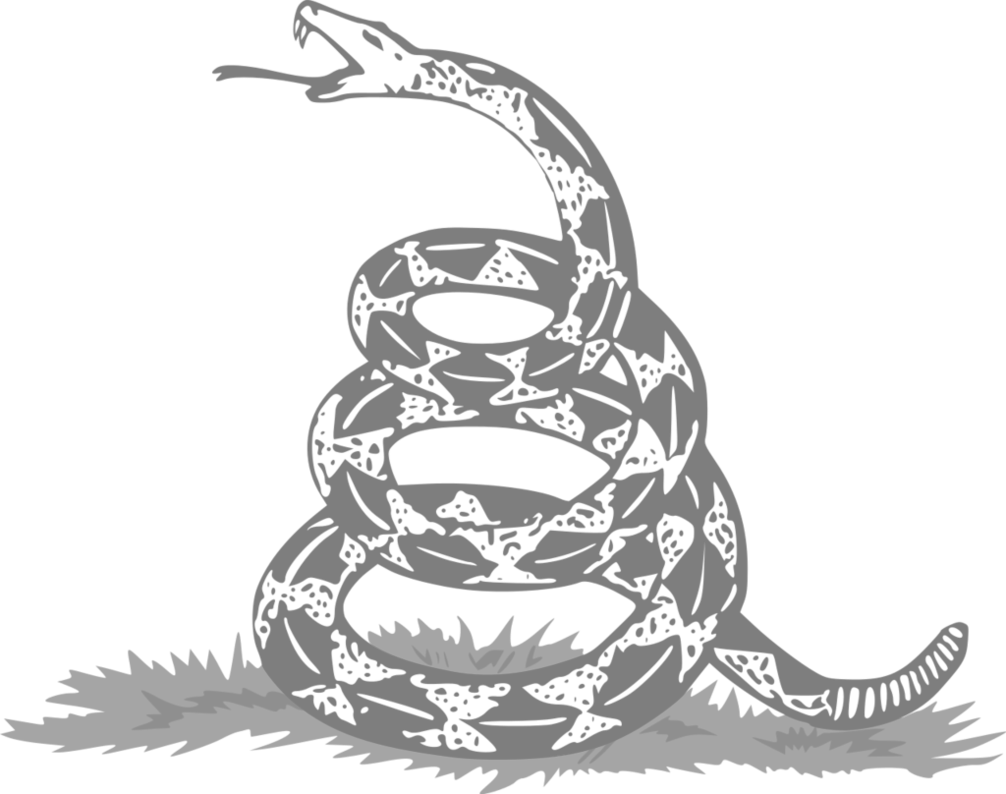The ABC of the exchange rate
I often see in the comments the incorrect use of terminology, as well as all sorts of reasoning, they say, the course is not real. Educational post.
1. Exchange rate regime - the system of formation of the exchange rate in the country. There are two extreme cases: a fixed exchange rate regime and a floating exchange rate regime.
In the first case, the rate is tied to a specific asset - gold, another currency, and so on. To maintain this mode, you need to have a sufficient supply of the asset to which the rate is linked. Otherwise, it will not work to maintain a fixed value of the exchange rate. If the demand for the currency grows, the supply from the regulator should be sufficient to keep the exchange rate unchanged. If there is not enough currency, devaluation occurs. If you like, in this mode, the course is exactly what is drawn by the regulator.
In the second case, the rate is formed on the currency exchange, it constantly changes depending on changes in supply and demand. The regulator can offer its own currency reserves in order to beat down the panic. But he does not draw a course, the regulator does not have a strict target for the course.
Between these extreme cases, there are intermediate options: managed float, currency band, target zone, and so on.
In Russia, the rate is still determined by the market, the Central Bank does not draw it. The difference with how it was before the "special military operation" is that now the regulator boosts supply (80% of exporters' revenue) and limits demand (restrictions on withdrawals, transfers to other countries, etc.).
2. The nominal exchange rate is the one at which we exchange one currency for another.
3. Real exchange rate - the nominal exchange rate adjusted for the level of prices within the country and in another country.
In the current conditions, the dollar exchange rate that you are observing is the real one. At the current rate, you can buy dollars on the exchange. You can pay for goods with them, you can transfer them, and so on. In this sense, the course is real.
But this does not mean that the market rate. When there are restrictions on the movement of capital, we, of course, cannot consider the rate to be completely market. Over time, the restrictions will be lifted, we will see the weakening of the ruble. At the same time, the black market is about cash dollars, and there are really few of them. Today, for example, banks change cash currency, but in limited quantities. And only within cash balances. By the way, in exchange offices, the spread between buying and selling is 10-11 rubles, while the dollar selling rate is close to the exchange rate. Of course, if you need a lot of cash dollars, their seller will demand a premium. I invite the wise men who write about 150 rubles per dollar to a deal. Ready to sell your dollars at this rate.
So it goes.
Grigory Bazhenov 2022-05-16
